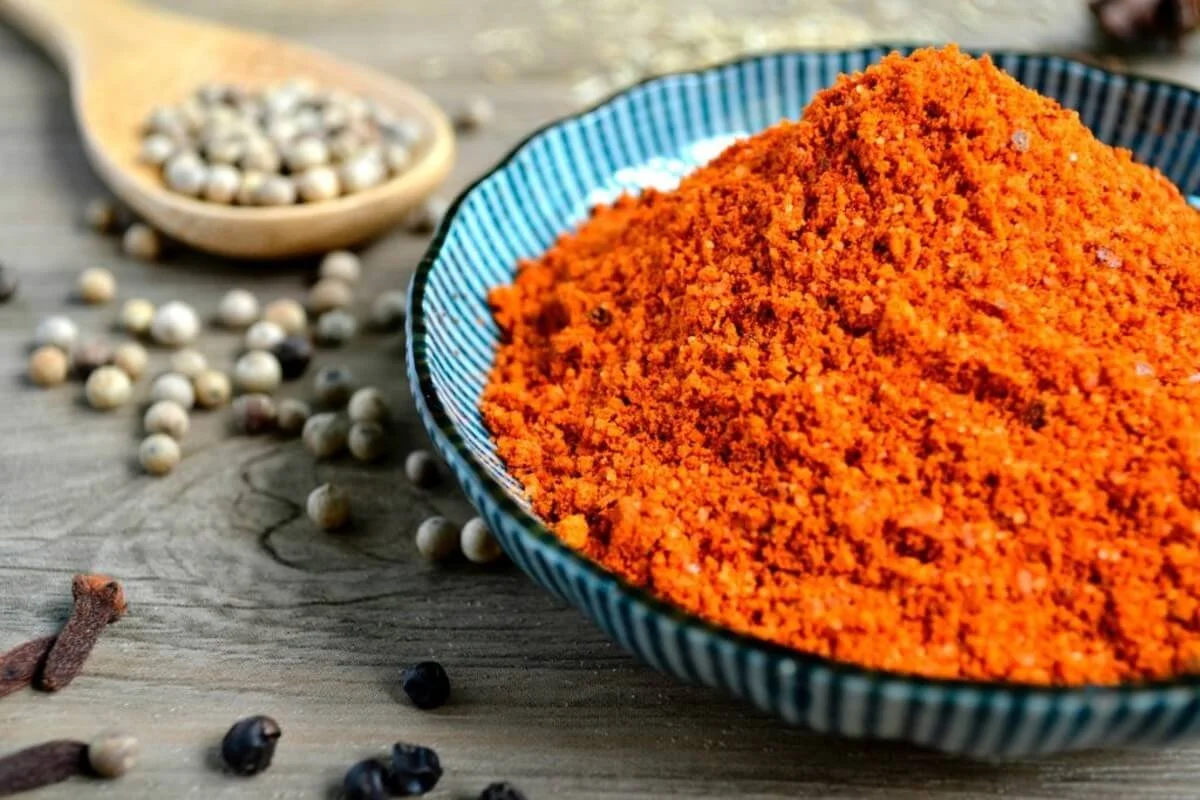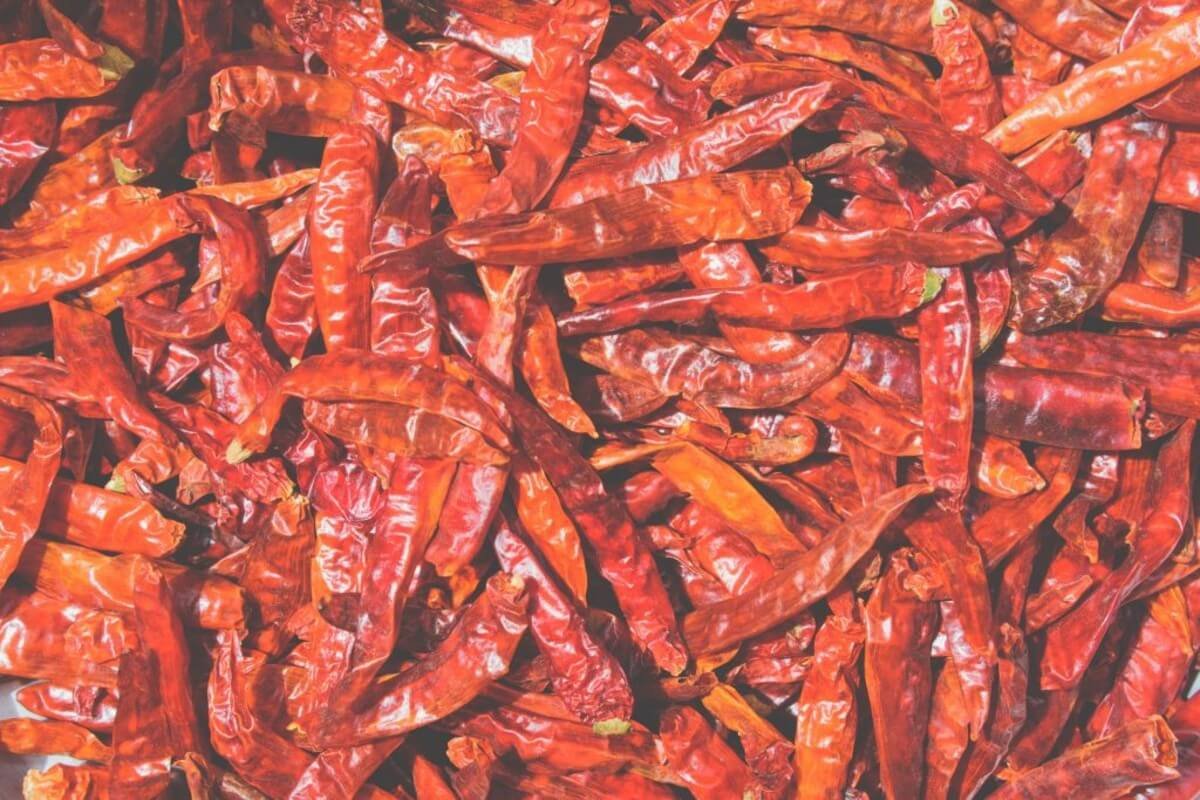The Secret To A Perfect Tex-Mex Spice Mix
Discover > Texas Home Cooking > The Secret To A Perfect Tex-Mex Spice Mix
I grew up in a traditional household. My mother was a stay-at-home mum, feeding and raising the three of us. She herself came from a big family of 9 siblings. The dynamics are quite different in a family this large. Specially in regard to food and eating. Most ingredients are made from scratch. A lot of effort goes into preparing meals. Tortillas are rolled out by hand, yogurts and cheeses are hand strained and spices are hand-ground.
My mom inherited this skill from her mother, and I, from her. In my kitchen, I try to do as much as I can, from scratch. There is just something therapeutic in buying whole spices- roasting, grinding and combining them to make my own seasoning spice mix. Big batches that last me for up to 6 months.
So, the first secret to making a perfect Tex-Mex spice mix is to DIY. Yes, do it all yourself. The experience of preparing the mix is enhanced this way. Playing with spices gives you a sense of being connected with nature.
Whole Spices are Always Best
Secondly, buy whole spices. Two advantages to this are: powdered spices can contain adulterants. By getting them whole, you know exactly what you will get. And, it is cost effective.
Dry Roast Spices - The Most Important Step!
Thirdly, roast your spices. Dry roasting spices by hand brings about a beautiful dimension to your dishes. Roasting spices is such a fun part of the process. It is incredibly easy to do, and the difference is remarkable.
You do not have to be a trained expert to get the true essence of roasting, but you will have to develop a sense of the right amount of heat and time that is needed to draw out the fragrance of the spice whilst releasing the oils from the activated ingredient. Use a heavy bottomed cast-iron skillet or a similar pan and start by bringing it up to heat. Some people use a little oil, but I feel dry roast works best. The goal of roasting is to improve the character of the spice, any which way it is done.
Heat your spices at ‘low and slow’. You don’t want to rush the process, as spices tend to go ‘over the edge’ really fast.
A family trick is to use a cloth, folded and balled up into a sort of a one-side rounded surface. Grab the open ends that are crunched and use this cloth-ball to mix up the spices on the skillet, beginning from the outer edges to the inner. Keep the temperature consistent and low so you don’t feel the heat on your hands as you maneuver the contents on the pan.
Once you start seeing a slight browning on the spices, and an aroma wafting from the spices, empty immediately on to a cool surface to prevent further browning. Let the spices cool down completely.
Grinding
After your spices are fully cooled, use a coffee grinder to grind to a fine powder. Another traditional tool used to grind roasted spices is the pestle and mortar. But of course, it may not be possible to grind sizable quantities by this method.
Storage
You will get the best results using roasted spices ground the same day, but they can be kept fresh for many months, enclosed in airtight jars in the fridge. If you choose to do this, store them roasted and grind as and when you need them.
Best Tex-Mex Spice Mix
Also passed down from my maternal family, this Tex-Mex spice mix makes for an earthy, intense, and multifaceted flavor profile. It makes for amazing chile mixes, taco seasonings (how long does taco seasoning last?), stew seasonings, it brings to life any dish it goes into.
Cumin
Cumin improves digestion and is a rich source of iron and vitamin B. It has a nutty and slightly bitter taste. Cumin gives a strong, solid flavor to the mix.
Coriander
Coriander is an effective anti-inflammatory and antihistamine. A good source of Vitamin K, coriander seeds (how long do coriander seeds last?) lend a sort of a lemony hint to the spice mix.
Cinnamon
My personal favorite, the cinnamon stick is a sweet nutmeg (how long does nutmeg last?) like and earthy spice that adds that much needed spicy sweet note to a dish. Cinnamon is great for lowering blood sugar and is loaded with antioxidants.
Caraway
Looking similar to cumin, caraway is a smaller and darker spice, the oil of which is used to treat stomach ailments. The taste of caraway is slightly ‘licoricey’ and minty.
Cloves
Cloves (how long do cloves last?) have been used in spice mixes since ages. Owing to their highly intense flavor profile, a little goes a long way with cloves. Clove oil is used also for maintaining gum and teeth health.
Nigella Seeds
The black colored sesame shaped seed is a powerhouse with its anti-bacterial and cancer fighting properties. It protects the liver and prevent stomach ulcers. Nigella seeds (how long do seeds last?) give off a slight bitter and oregano sort of note.
Fennel
Highly effective as a remedy for bloating and indigestion, I remember my mother chewing on fennel seeds (how long do fennel seeds last?) after every meal. Fennel (how long does fennel last?) has a nice open, minty, and sweet taste.
Oregano
Not really a spice, but this little aromatic herb is a great addition to a spice mix. Oregano is a natural antibiotic, fighting against colds and other respiratory illnesses like croup and bronchitis. Always crush the oregano between your palms as it helps intensify the flavors. It also doesn’t need roasting, so you can use it straight from the box.
Chilies
Can any Tex-Mex spice mix be complete without some ground dry chilies?! Which chilies you choose to add to the mix is totally up to you. What I like to do is, add a minimum number of ‘not too hot’ kinds to the spice mix, and add some freshly roasted and ground ones when I am cooking.
Depending on the occasion, the meal and the people who will be eating, you can up the spice quotient. I can’t risk making a big batch of spice mix extra chilly, as most of the time, I am cooking for my kids and it can be too overpowering for them.
Some of the less spicy varieties that I use are the Anchos, the Cascabels and the Guajillos. I like to keep some Arbol Chiles at hand to pack a hotter punch.
There are really no limitations when making a spice mix. You can add roasted and crushed garlic, thyme, and crushed peppercorns too. Just remember to have a fun time roasting and preparing your perfect Tex-Mex spice mix!
Want to learn more about Tex-Mex? Read here.








